Electric vehicles are more popular in New Zealand than ever! With increasing numbers of car manufacturers introducing electric models and the launch of the Clean Car Discount in 2022, EVs are now a common sight on our roads.
However, there are still plenty of misconceptions about electric vehicles. In our EV myth-busting series, the Drive Electric team are setting the record straight on EVs. Here are the top five myths we have been hearing about electric transport.
WHAT EV MYTHS HAVE WE COVERED?





EV MYTH ONE:
Electric vehicles don’t have enough range
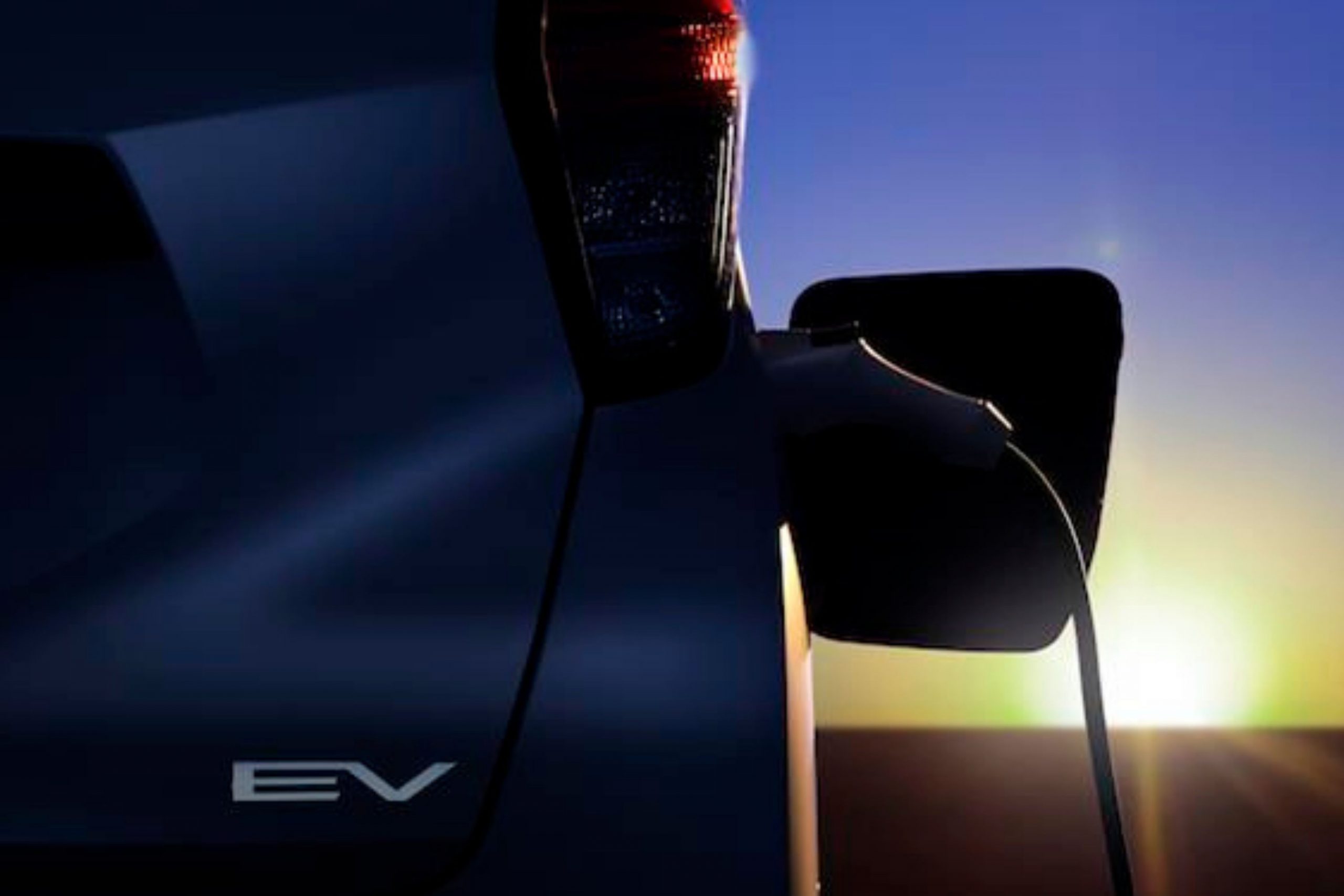
Today’s EVs have enough battery range to meet the average New Zealander’s driving needs for over a week. Currently, available electric vehicles have an average battery range of 480km, but technology is advancing so rapidly that new models can drive for almost 550km on a single charge.
Short-range EV trips
The average Kiwi drives just 38km per day, so an EV owner can go for at least 10 days without a recharge. Unlike petrol cars where filling up requires a trip to the petrol station, you can recharge at home or anywhere with access to electricity.
The daily driving habits of New Zealanders also tell us that for the most part, the range needed to fulfill most car trips is actually quite low. Kiwis make more than a billion car trips under 2km every year, which means that for the majority of EV drivers, charging their car overnight using a regular powerpoint is more than enough to keep them going throughout the week.

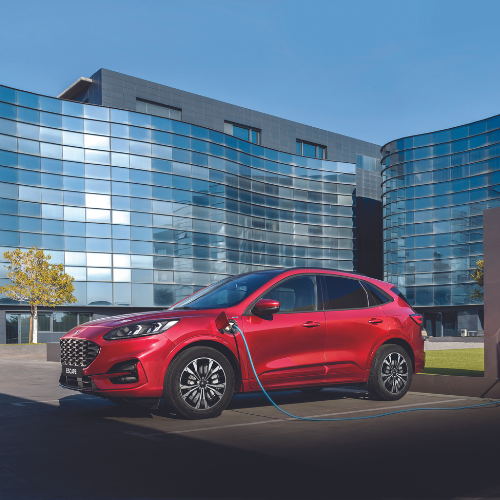
Long-range EV trips
For those longer-range trips between towns, there is a well-developed charging station network across New Zealand that’s continuously growing, week by week. This means that should you need to top up your EV while on the road, there’ll likely be a nearby charging station to help you go the distance.
How far you can drive on one full battery is dependent on a few factors like the type of EV you have or how much charge the battery holds, but also the weather, way you drive and the roads you drive on. No matter where you’re driving, you can always be reassured of the distance your EV can traverse by checking your car’s Vehicle Emissions and Energy Economy Label or looking up its estimated range, and using your GPS or Google Maps to calculate the distance of your longer trips ahead of time. Your EV battery level and estimated range is typically displayed on the dash as well, so you’ll never run out of range by surprise!
EV MYTH TWO:
There’s nowhere to charge an EV
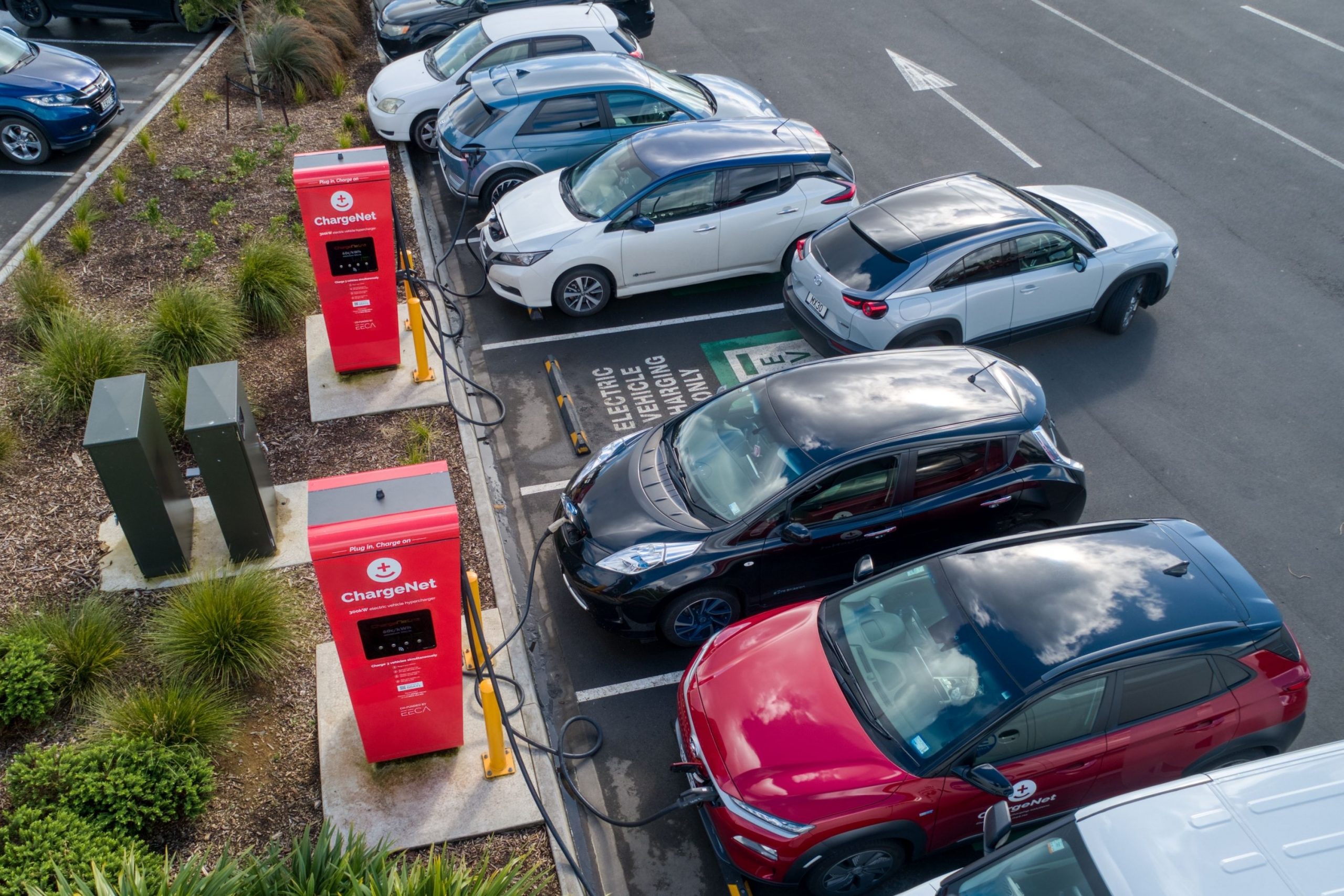
While 80% of EV drivers globally charge their EV at home which can be done from inside your garage or carport with appropriate safety in place, there is still a need for public charging infrastructure.
The New Zealand Government, alongside several innovative private companies, has made substantial commitments to establishing a robust charging network across the country, to make electric vehicle charging locations accessible to all.
There are thousands of public electric vehicle charging stations across New Zealand. You can find them in public areas like supermarket car parks, shopping malls, campgrounds, tourist spots and beaches. Most major petrol companies have also installed EV chargers at many of their sites. Learn more about New Zealand’s public charging network here.
Another common concern for Kiwi drivers is that even if a charging station is within range, the time it takes to charge the vehicle will be too long and inconvenient. Not only are the charging stations placed conveniently, but by using a ChargeNet DC rapid charger, you can typically add about a 100 km range in 15 – 30 minutes, depending on how many kW you want, and the connection that your EV uses. If you’re in a rush or only need a few extra kilometres, you can disconnect at any time.
EV MYTH THREE:
Electric vehicles cost too much
The upfront electric vehicle cost is possibly the biggest barrier for people interested in buying an EV!
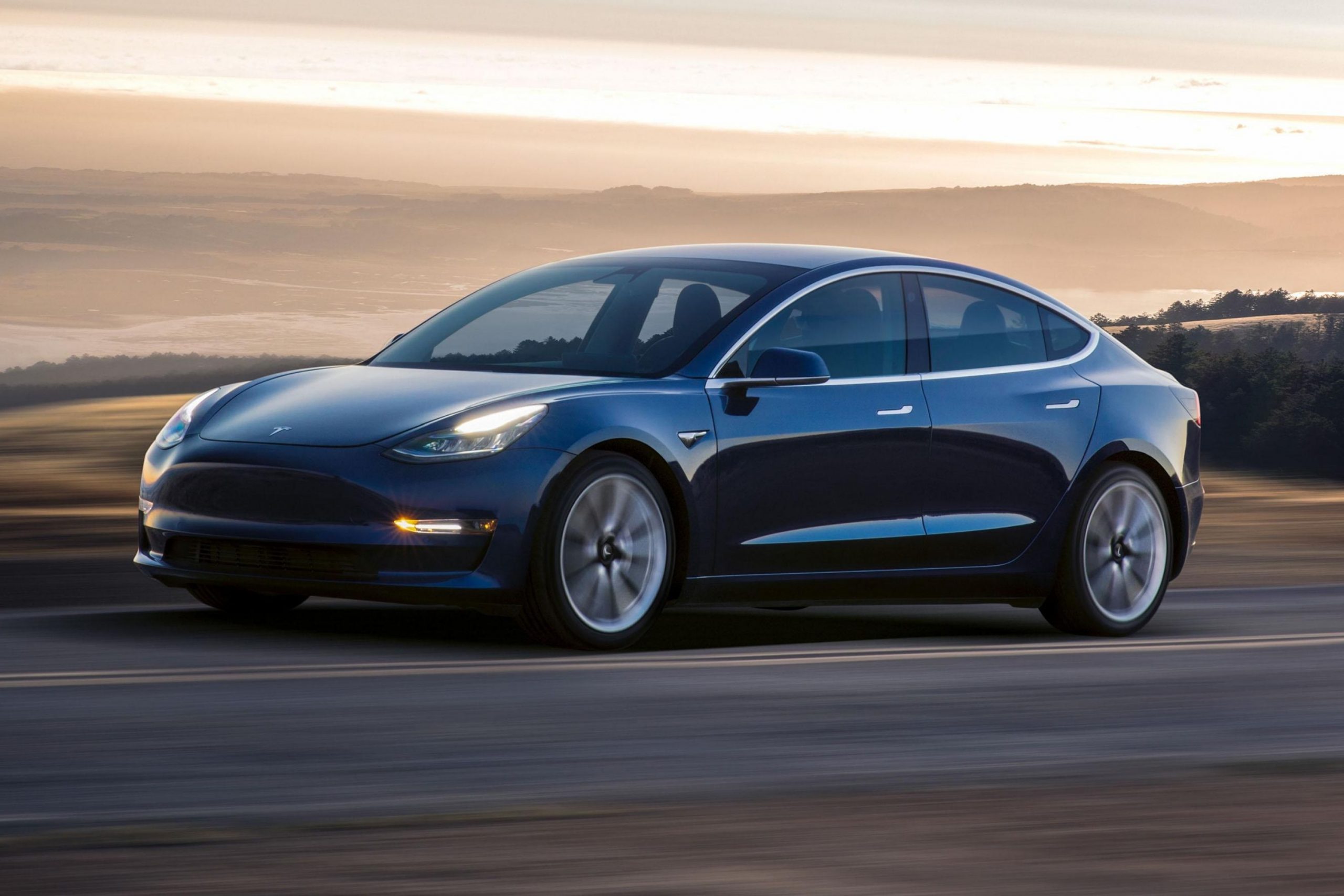
EV charging vs. petrol costs
Electric vehicle technology is younger and more sophisticated than that of traditional fossil fuel-powered vehicles. So, the upfront cost of an EV remains relatively high. However, you will soon pay off the cost difference between an EV and a petrol car, because electric vehicles are significantly cheaper to run and maintain. The long-term savings definitely outweigh the initial price tag, in fact, most EV drivers save over $2,000 per year in petrol bills. Check out this handy total cost of vehicle ownership tool from Gen Less to see how an electric vehicle would impact your current transport costs.
A common concern of Kiwis is how much charging their new EV is going to cost them in their monthly power bill. To put this into context, charging at home off-peak (usually between 11pm – 9am) is like buying petrol at around 40c/l. Depending on your electricity retailer, you may be eligible for an EV charging discount deal as well. This means you can sleep easy while you’re EV charges overnight, knowing your electricity bill won’t have any unexpected surprises! If you’d rather not charge your car at using your own power supply, you can always fast charge at a public outlet for up to $10 per 100km.

Cost of EV maintenance
There are also a number of other features that cut the costs of running an EV compared to a petrol or diesel vehicle. For example, battery EV motors have fewer moving parts than fossil-fuel vehicles, no fluids to change and no wear or heat from a combustion engine, there’s less to maintain over time, saving you money (and time) at the mechanics.
New Zealand EV discount policies
You might have heard that New Zealand has implemented a raft of discount policies to reduce the upfront cost of electric vehicles. If you are registering a new or used plug-in electric or hybrid vehicle in NZ for the first time, you are eligible for a substantial rebate. EV users are also exempt from Road User Charges until 2024.
EV MYTH FOUR:
NZ power supply can’t cope with an increase in Electric Vehicles
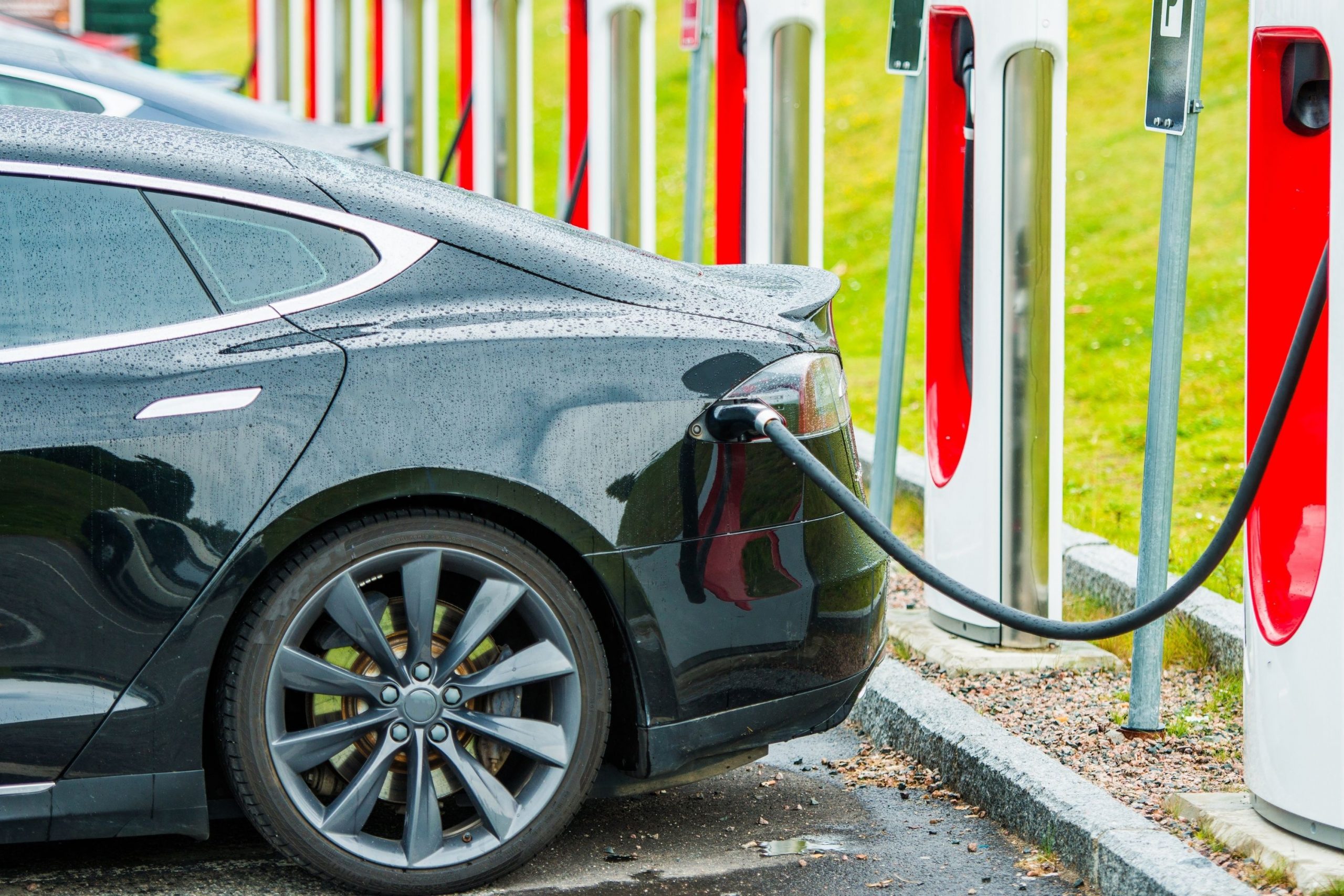
There’s general anxiety for Kiwis that New Zealand’s infrastructure simply couldn’t handle a significant increase in EVs on our roads, risking overloading the power grid. Reassuringly, EECA estimates that even if all light vehicles in New Zealand were electric, our current total electricity demand would only increase by 20%. This increase would be accommodated by our current electricity grid, especially if most EV’s are charged during off-peak periods.
80% of our country’s electricity is generated from renewable sources, and the supply is abundant and sustainable enough to allow for the widespread adoption of EVs here in New Zealand. Looking abroad, many supply authorities around the world have also stated that they are ready and able to absorb EV demand as it grows and are planning for additions and changes to the system as and when they’re needed, meaning your EV is future-proofed both here in NZ and overseas.
Given that New Zealand’s EV uptake will unlikely grow exponentially overnight, there’s also plenty of time for the necessary planning and local changes to the power grid to manage successfully.
On the flipside, EVs have actually proven to be a benefit rather than a drain on the power grid. In a 2019 trial by Vector, electric car batteries were used to power homes during power cuts. This shows that EVs could potentially ease peak-time demand on electricity networks and keep the power on during outages.
EV MYTH FIVE:
You have to replace an EV battery regularly
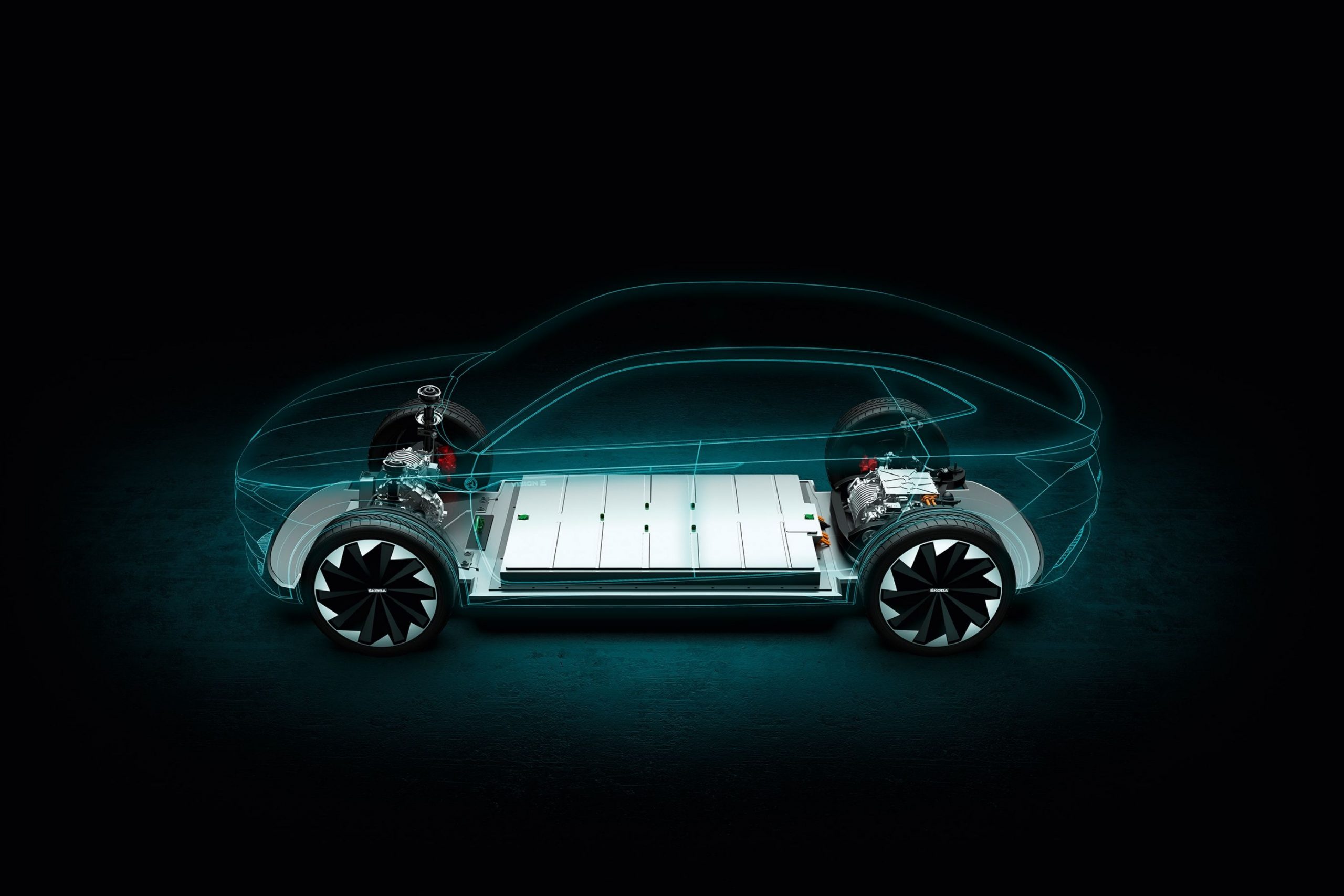
Most new EVs have battery warranties that guarantee the battery for a certain length of time (typically 5-8 years or longer) or a specific distance. Generally, your EV battery will last you up to about 300,000km, can be recharged several thousand times, and still be useful after ten or more years of operation.
Once your battery does eventually reach the end of its life as an EV battery, it can also be recycled and repurposed:
- EV batteries can be disassembled and the best cells reassembled and sold as reconditioned vehicle battery packs.
- Cells that are still okay, but not fit for vehicle use can be repurposed into battery storage systems and have another 8 to 15 years of life.
- Some used EV batteries can be utilised as stationary storage on electricity grids.
- Thanks to the latest developments in cell design and component extraction technology, at least 98% of your battery will be able to be recycled, leaving only 2% of your battery as unusable cells.
There’s also an assumption that EV batteries are similar to mobile phones. While the range you can drive will decrease slightly over time as your battery ages, EV batteries are much better built than lithium phone batteries, use efficient charging systems and have controlled temperature management systems that can heat or cool the battery to ensure it always remains within its optimum temperature range. In fact, studies of older Tesla EVs have shown very slow battery range loss over time (an average of just under 10% battery degradation after over 250,000km), and other studies suggest that many EV batteries will outlast the life of the car.
The key to maximising the lifespan of your EV battery is to take care and follow the recommended guidelines in your vehicle’s manual.
5 Tips to increase EV battery life
- Learn to drive efficiently to reduce degradation
- Avoid deep-discharging your battery pack by doing partial recharges on a frequent basis
- Don’t recharge to full every day unless you need to
- Keep your battery at a comfortable temperature by parking in the shade or a shelter like a garage
- Plan ahead for periods of extended storage of one month or more (ie. don’t store the EV with a battery that’s too full or too empty and only store in favourable temperature conditions.
MORE EV MYTHS EXPLAINED
Throughout 2022, we will be releasing more EV myth-busting resources. Our second resource discusses whether electric cars are actually better for the environment than gas-powered cars, and then we will cover common misconceptions around EV safety.
Stay up to date on our myth-busting series here.








